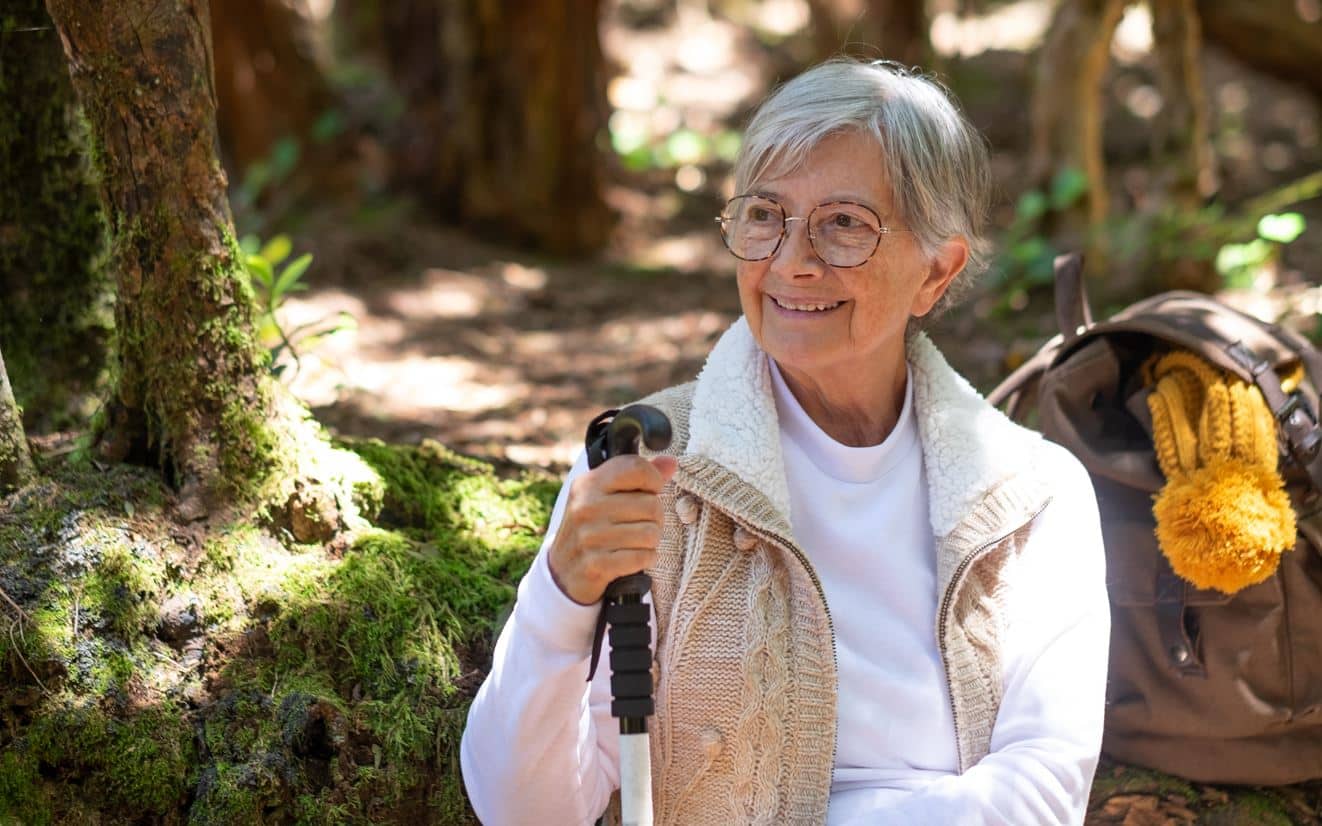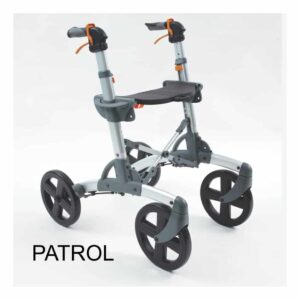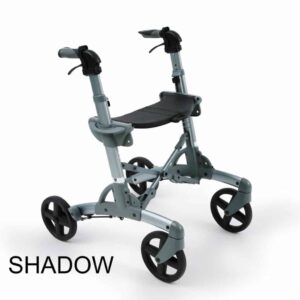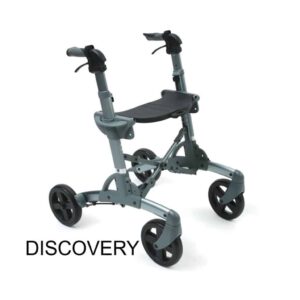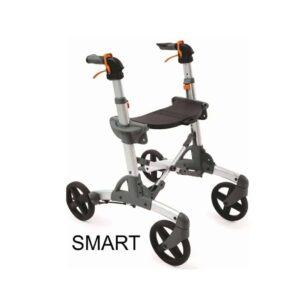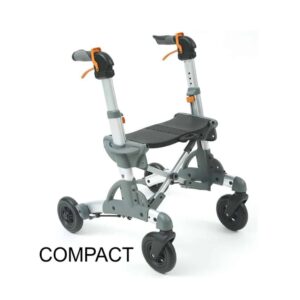Unlocking Independence: Top 5 Strategies for Seniors with Mobility Challenges to Enhance Quality of Life
Unlock Your Independence
As we age, maintaining a high quality of life becomes paramount, especially for seniors facing mobility challenges. The ability to move freely and independently significantly contributes to overall well-being. Here we will explore five practical strategies that seniors with mobility challenges can adopt to enhance their quality of life.
At XlentCare Products, we realize the secret to longevity in aging is to move, move, and move! We’re all about helping you do just that with Rollators that allow you to go further, longer, and in more places.
1. Embrace Assistive Technologies
Living with mobility challenges doesn’t mean giving up independence. In fact, with the advancements in assistive technologies, seniors can reclaim control over various aspects of their lives. Investing in devices like mobility scooters, walking aids, and stairlifts can significantly improve mobility and allow seniors to navigate their homes and communities more comfortably. If you can walk, then walk as much as possible!
The evolution of 4-wheeled all-terrain rollators have have made the world “bigger” for many seniors. On-foot mobility has been transformed, whereas only short walks were possible on even terrain are a thing of the past. Leading rollators, such as the Volaris line-up, are all-terrain go-everywhere rollators that allow rough trail walking, walks on beach, grass and navigating inclines and declines with ease. Accessories are not only for convenience, but add to the comfort and ability for users to move greater distances!
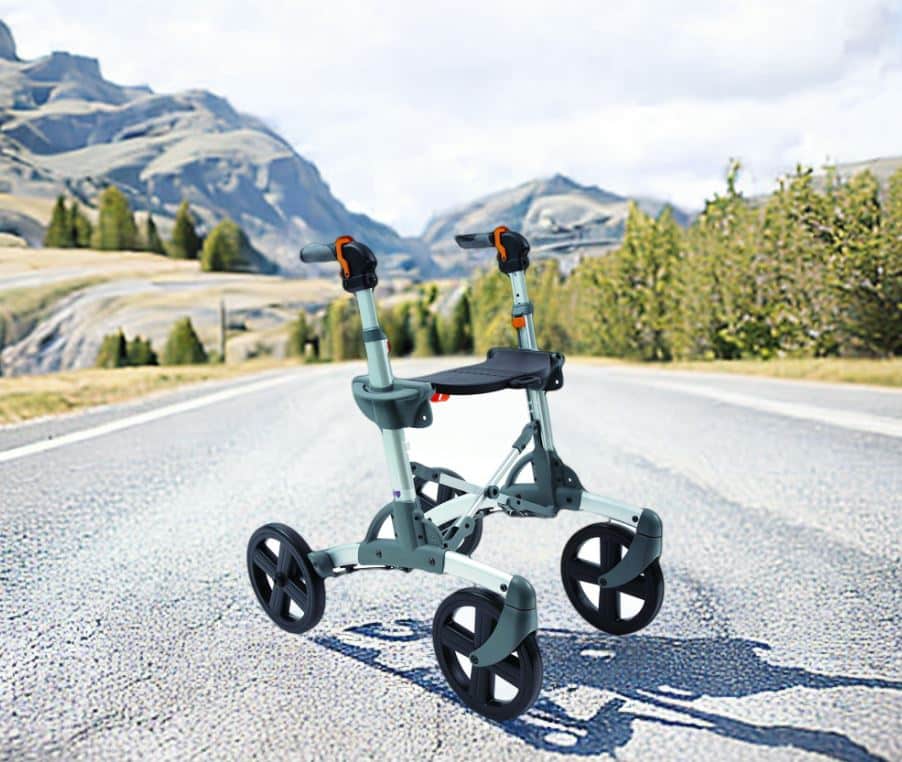
Moreover, smart home technologies, such as voice-activated assistants and home automation systems, provide seniors with the ability to control lights, thermostats, and security systems with minimal physical effort. These technologies not only enhance convenience but also contribute to a sense of empowerment for seniors with mobility challenges.
2. Prioritize Home Modifications
Creating a safe and accessible living environment is crucial for seniors with mobility challenges. Home modifications can be tailored to individual needs, making daily activities more manageable. Some essential modifications include:
- Ramp Installation: Installing ramps at entrances and exits eliminates the need to navigate stairs, providing seniors with smoother and safer access to their homes.
- Bathroom Accessibility: Adding grab bars, non-slip mats, and raised toilet seats in bathrooms can prevent accidents and promote independence.
- Widening Doorways: Increasing the width of doorways ensures that mobility aids like wheelchairs and walkers can easily move through different rooms.
- Kitchen Adjustments: Lowering countertops and ensuring accessible storage solutions in the kitchen can facilitate meal preparation and encourage seniors to maintain a healthy lifestyle.
By prioritizing home modifications, seniors can enjoy a more comfortable and secure living space, fostering a sense of confidence and autonomy.
3. Engage in Low-Impact Exercise Programs
Maintaining an active lifestyle is essential for seniors, even with mobility challenges. Engaging in low-impact exercises offers numerous physical and mental health benefits. Activities like swimming, water aerobics, and tai chi are gentle on the joints while providing cardiovascular benefits and improving balance.
Many community centers and senior living facilities offer specialized exercise programs tailored to individuals with mobility challenges. These programs often include chair exercises, resistance training, and stretching routines designed to enhance strength and flexibility. Seniors should consult with healthcare professionals to determine the most suitable exercise regimen based on their specific mobility limitations.
Regular physical activity not only contributes to better overall health but also boosts mood, reduces stress, and enhances the quality of life for seniors facing mobility challenges.
4. Foster Social Connections
Maintaining social connections is crucial for mental and emotional well-being, especially for seniors dealing with mobility challenges. Social isolation can lead to feelings of loneliness and depression, negatively impacting one’s quality of life.
To counteract this, seniors should actively seek opportunities to engage with friends, family, and the community. Joining local clubs, participating in hobby groups, or attending senior centers can provide avenues for social interaction. Additionally, the digital age has made it easier for seniors to connect with others through online platforms, allowing them to stay in touch with loved ones and make new friends.
Caregivers and family members play a vital role in supporting seniors with mobility challenges to maintain social connections. By fostering meaningful relationships, seniors can combat feelings of isolation and experience a richer, more fulfilling life.
5. Explore Accessible Transportation Options
Maintaining independence often relies on the ability to travel freely. For seniors with mobility challenges, exploring accessible transportation options is crucial. Many communities offer specialized transportation services for seniors, including wheelchair-accessible vans and door-to-door services.
Public transportation systems in urban areas also provide accessibility features, such as low-floor buses and designated spaces for mobility aids. Seniors should familiarize themselves with these services and plan their outings accordingly to ensure a seamless and stress-free travel experience.
Furthermore, ridesharing platforms often offer wheelchair-accessible vehicles, providing seniors with an additional mode of transportation. By exploring and utilizing these accessible transportation options, seniors can enjoy greater freedom and a more active lifestyle.
Mobility Challenges can be Overcome
Seniors with mobility challenges deserve to lead fulfilling and independent lives. By embracing assistive technologies, prioritizing home modifications, engaging in low-impact exercise programs, fostering social connections, and exploring accessible transportation options, seniors can significantly enhance their quality of life. Empowering seniors to take control of their mobility challenges not only improves their physical well-being but also contributes to a sense of purpose and happiness in their golden years.

